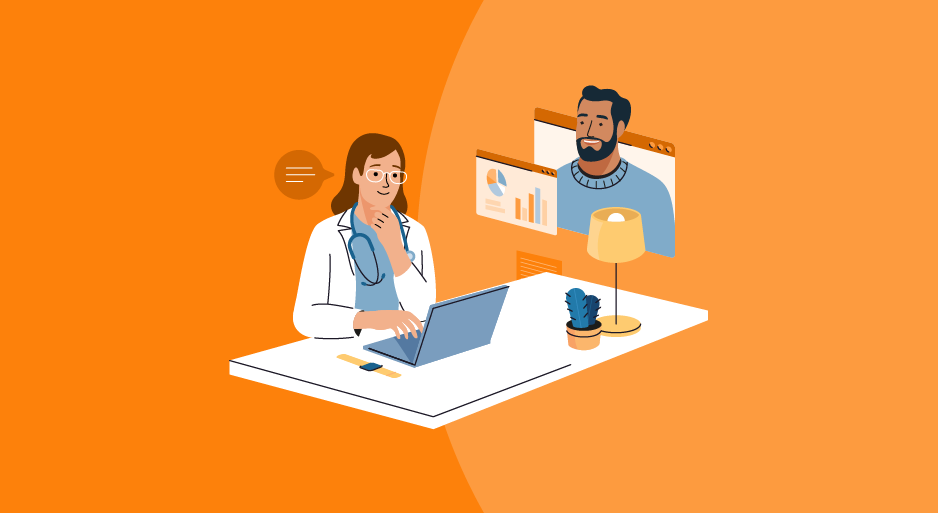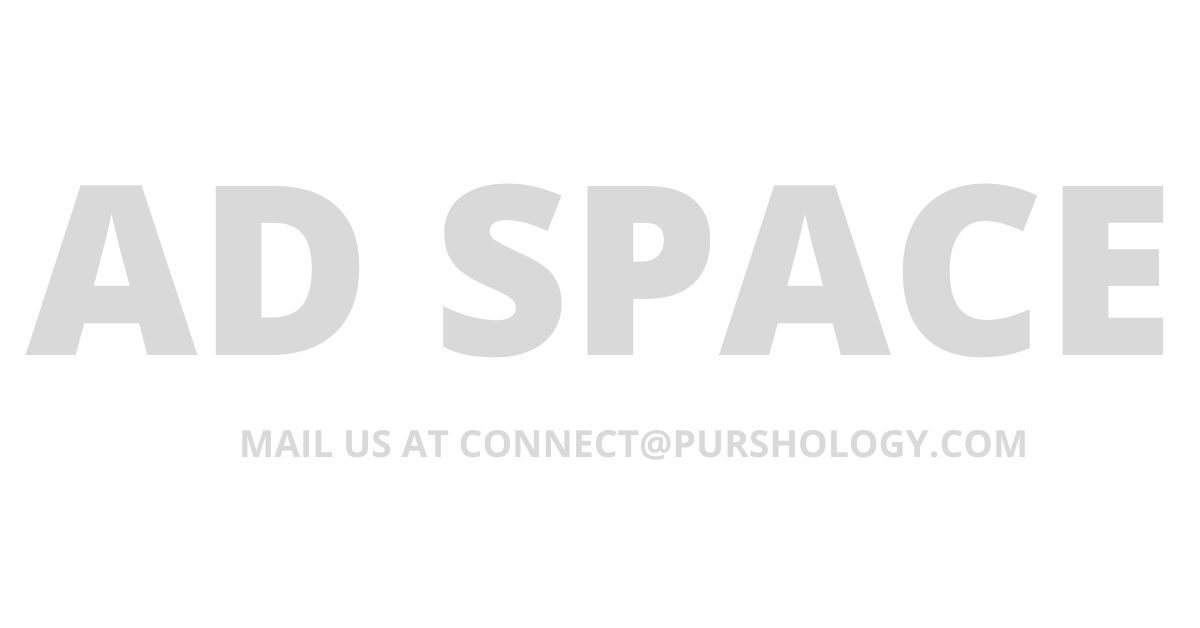According to the Centers for Disease Control and Prevention (CDC), the United States spends roughly $3.5 trillion on treating chronic and mental health conditions. That’s nearly 90% of our total annual healthcare expenditures.
That number is staggering and, frankly, concerning since chronic conditions should be manageable and treatable. How we’ve been treating chronic conditions simply isn’t working out as well as it should be, and that’s where remote patient monitoring comes into play.
Remote patient monitoring (RPM) is a healthcare delivery model that uses tech to monitor patients’ health outside of your clinic or practice or in conjunction with a care management service. Essentially, remote patient monitoring uses electronically transmitted patient data to assess and monitor patient vitals remotely.
The benefits of RPM are numerous. Remote patient monitoring can help your healthcare organization prevent severe, costly health outcomes in patients while also improving the overall health of patients with chronic diseases or ongoing medical conditions.

1. Remote patient monitoring gives a more complete look at your patient’s condition
Your patients aren’t doctors, so they don’t always know the best way to articulate how they feel. Some patients might be hesitant to tell you what symptoms they are experiencing, and that can be dangerous to their health and frustrating for you because you care about their clinical outcomes.
Additionally, they may not think certain things are important to share during a visit to your clinic, and, often, the only data you have on your patients’ conditions are what you or your care team take while your patient is at your clinic.
For patients with chronic conditions like diabetes, COPD, asthma, or heart disease, this can be a costly and dangerous outcome.
With a remote patient monitoring program in place, patient data is automatically uploaded into your electronic medical records system, which means you have more data points to draw conclusions from before they even step into your office. This helps in two ways:
- You can have a more concrete look into their day-to-day health and management
- You can spend the, often short, clinical meeting discussing solutions and gameplanning their treatment instead of talking about and gathering these crucial data points
Example: With a smart blood pressure cuff, your patient can track and monitor their blood pressure and heart rate information over the course of weeks or months. This replaces the traditional method of writing their results down and showing them to you in the clinic. Now, you and your care team already have access to every data point ahead of the visit because each time the patient measures their blood pressure, the data gets automatically uploaded to the software.
2. Remote patient monitoring gives your patients better control over their health
One of the most important benefits of RPM is that it gives your patients control over their health outcomes by educating them and empowering them to manage their chronic conditions.
Oftentimes, patients don’t have a holistic view of their health. They go see a specialist or their general practitioner, get a prescription or a list of things to do, and then go about their daily lives. With remote patient monitoring, they have constant access to concrete health data which more easily gives them an understanding how their lifestyle may be directly impacting their health.
The software these remote patient monitoring devices come with is user-friendly and has every data point available for them to see as well as you, so they can see trends and draw conclusions based on what they see.

More educated and engaged patients also lowers their overall cost to manage their chronic condition because they are less likely to have issues if they are aware and active in their health outcomes.
Example: Continuous glucose monitors allow your patients with diabetes to see their blood glucose levels via a small sensor under their skin that continuously monitors their blood sugar. Patients can more easily (which means they’ll do it more easily) take readings of their blood sugar without having to prick their finger. This gives patients the ability to closely monitor which variables (foods, for instance) negatively or positively affect their blood sugar levels.
3. Remote patient monitoring helps your practice retain and attract more patients
Finally, one of the top benefits of RPM is that it helps your practice retain and attract more patients.
A recent Software Advice survey* asked patients if they are interested in remote patient monitoring, and a vast majority said yes. Seventy-eight percent of patients with chronic conditions said they are “very interested” in sharing their health data remotely with their physicians.

In fact, Insider Intelligence estimates 30 million U.S. patients—or 11.2% of the population—will use remote patient monitoring tools by 2024, a 28.2% growth from 23.4 million patients in 2020.
Not only will you and your patients reap the other two benefits listed above, but you’ll make yourself more marketable for new patients while helping retain existing patients who will be excited by the opportunity to gain better control over their health outcomes.
Digital transformation in healthcare has accelerated due to how COVID has impacted our everyday lives. Additionally, people are more aware of their own health and care options available to them. According to CVS Health, 77% of people said that the COVID-19 pandemic has led them to pay more attention to their health in general.
With more people becoming aware of their health outcomes due to the virus, healthcare practices must provide patients with tools like RPM to track their daily health goals.
Example: A patient with a heart condition is searching for a cardiologist to help manage their chronic condition. If, on your website, you mention you use state of the art remote patient monitoring and list the benefits for patients, they are much more likely to give your office a call.
Be a part of the future of healthcare with remote patient monitoring
COVID-19 pushed nearly all practitioners to telehealth, and patients are expecting and wanting it with more frequency, so remote patient monitoring is a natural progression toward a virtual healthcare experience moving forward.
Remote patient monitoring should just be one of the tools in your quiver when it comes to a more holistic virtual care solution your practice can adopt, which also includes telehealth and telemedicine.
It’s also a crucial step in the ongoing push toward value-based care which puts more emphasis on ensuring healthcare providers like you take care of patients’ medical needs in as few visits as possible and to the best of the physician’s ability.
Methodology
Software Advice conducted this survey in August 2021 among 485 respondents to learn more about patient preferences and expectations for personal wearable device data and how it should be used by their healthcare providers. Respondents were screened for their location (United States) and how they kept track of their personal health history. For more information, see our methodologies page.
Note: The applications selected in this article are examples to show a feature in context and are not intended as endorsements or recommendations. They have been obtained from sources believed to be reliable at the time of publication.
Need Any Technology Assistance? Call Pursho @ 0731-6725516





